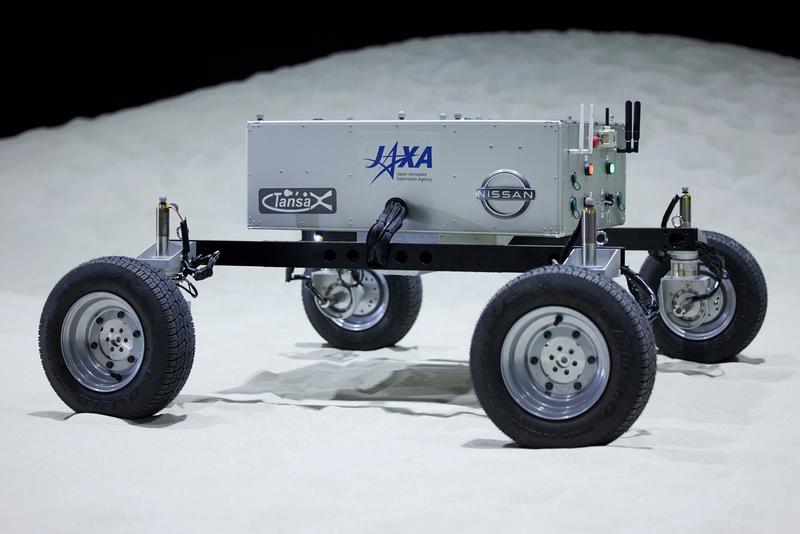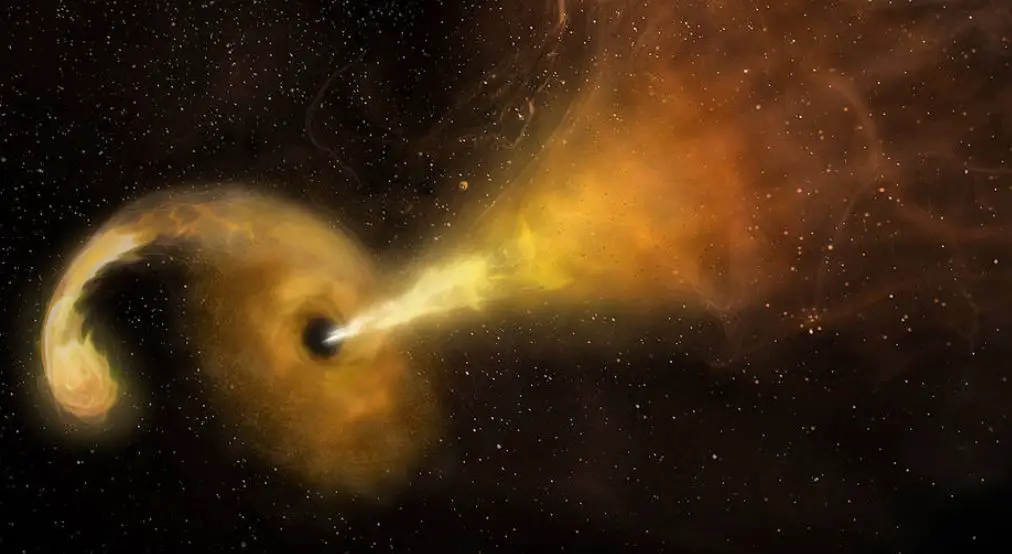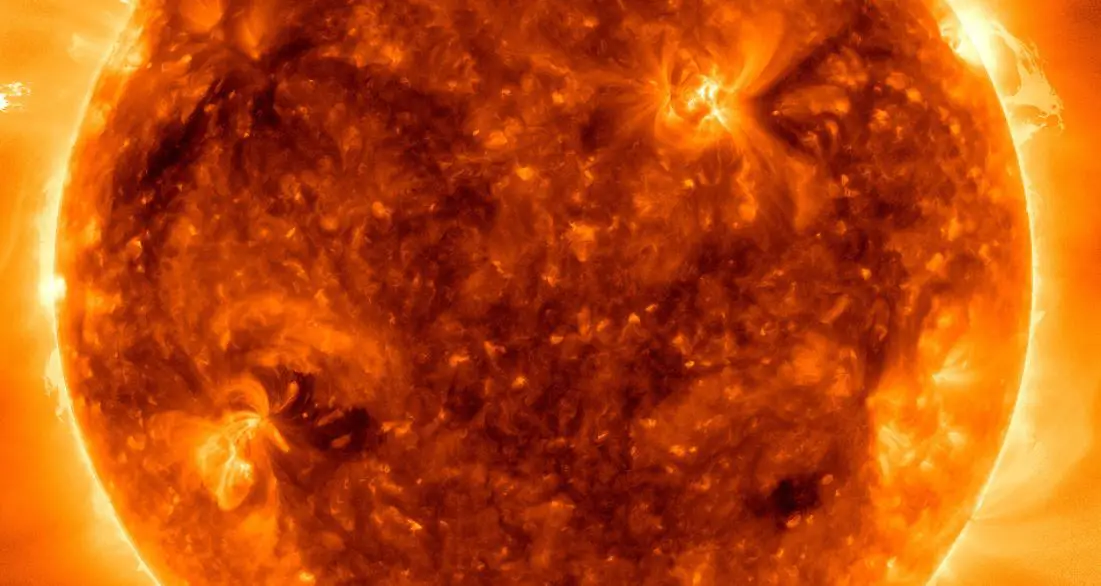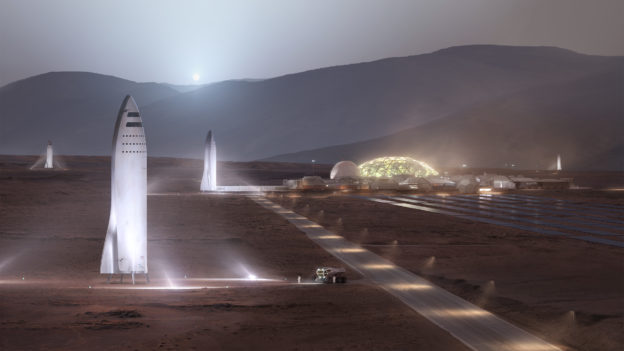After the DART probe deliberately collided with an asteroid satellite Dimorphos a few days ago, NASA’s two most powerful space telescopes: Hubble and Webb telescopes captured the impact site at the same time,
The observations will help scientists understand the properties of the Dimorphos surface, how much material is ejected after the collision, and how fast it is ejecting.
On September 27 this year, the DART probe, which has been in space for 10 months, deliberately collided with the companion Dimorphos in the Didymos double asteroid system under precise calculations.
Although neither Dimorphos nor Didymos asteroids pose a threat to Earth, this is the first time humans have tested asteroid deflection defense technology, trying to slightly change the trajectory of the asteroid through human impact, so that Dimorphos orbits Didymos’s orbital period faster by 73 seconds.
The impact took place some 11 million kilometers from Earth, and while we weren’t able to witness the historic event in person, there were other little helpers at the site of the impact: NASA’s Hubble and Webb Space Telescopes.
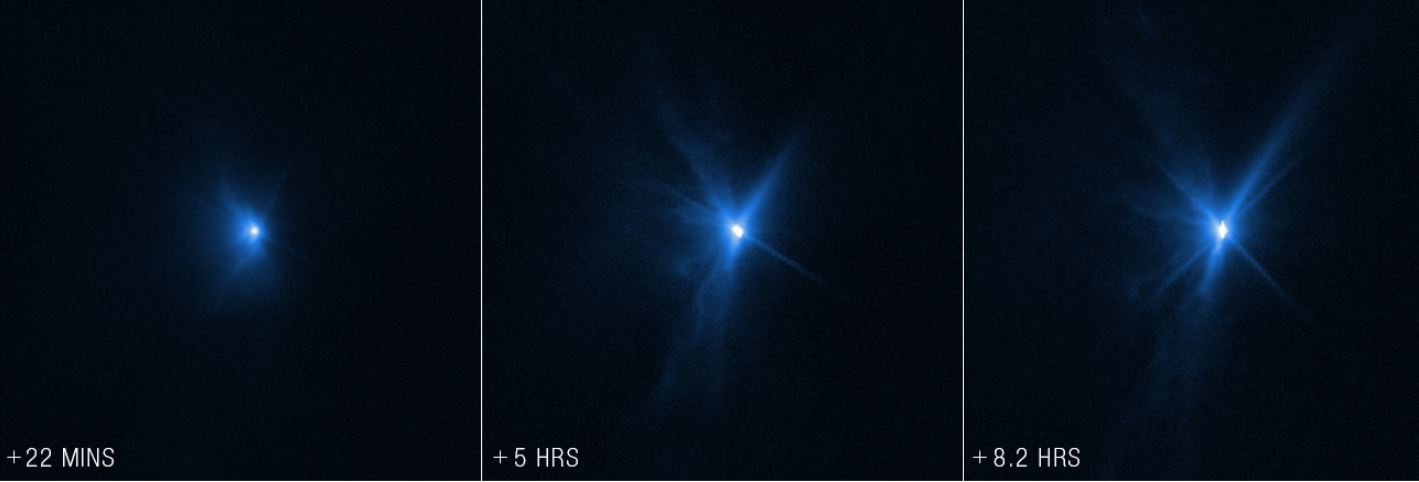
The Webb telescope observes the universe in infrared wavelengths, and the Hubble telescope is an expert in visible light capture. The cooperation between the two will allow astronomers to learn more about Dimorphos.
For example, according to Hubble telescope measurements, the Didymos system tripled in brightness after the DART impact and continued to brighten for more than 8 hours.
Variations in various wavelengths can reveal the particle size distribution in the impacting dust cloud, further identifying whether it threw out large fragments or produced mostly fine dust.
Hundreds of ground-based telescopes around the world are currently observing the Didymos system in preparation to determine how much the orbit has changed after the impact, but it will take several weeks to get the exact result.
Another small cubesat called LICIACube, which originally followed DART to the Didymos double asteroid system, detached from DART 11 days before impact, and will observe the impact up close as it approaches the system.

